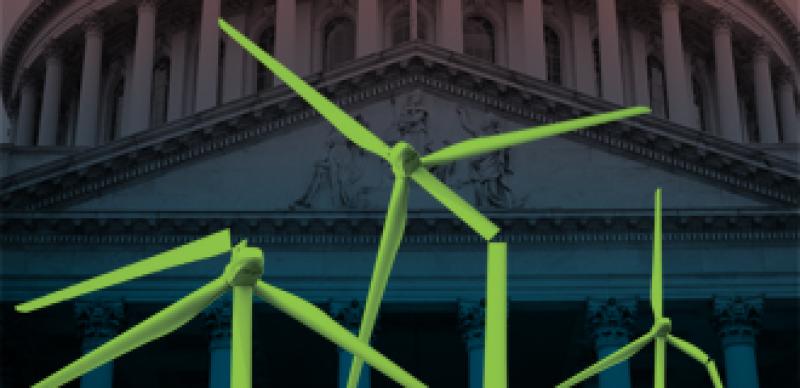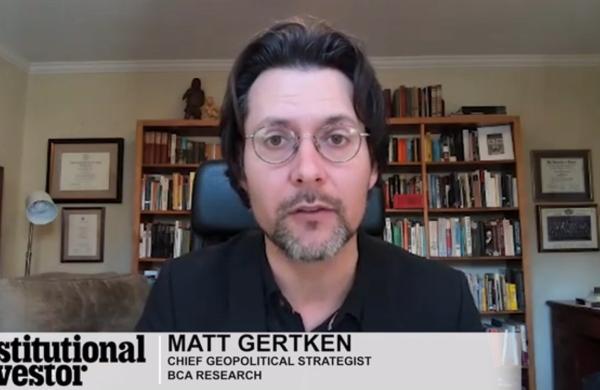The explosion in exchange-traded funds means that any investable idea that can be indexed will find a second home as an ETF. The 1,000-plus U.S.-based ETFs now have $814.6 billion in assets, according to New York–based investment firm BlackRock. But not all of them are created equal. Thanks to the growing appetite for all things green and clean, ETFs that capture this burgeoning investment category have been coming online for the past five years. Yet for all the hoopla, they have gained traction very slowly.
With its 2005 launch of the WilderHill Clean Energy ETF, Wheaton, Illinois–based Invesco PowerShares Capital Management has grabbed the lion’s share of assets. To date, this fund has $540 million of the total $800 million in green ETFs. According to investment research firm Morningstar, an ETF must break $50 million to turn a profit. Only six of the nine green ETFs have done so, and just four have passed $100 million.
PowerShares also has green ETFs focused on water resources and global wind, as well as a global nuclear fund for folks who see carbon-free atomic energy as a clean source of power. Because of their controversial nature, nuclear investments are sequestered in their own fund, and they do not appear in any of the other green ETFs. In keeping with the evolving nature of green investments, PowerShares also offers what it dubs “progressive” funds in transportation and energy. These funds allow investors to access companies in transition: Representing a combination of traditional fossil fuels and newer green technologies, such stocks have not reached pure-play status.
Green ETFs are clearly a nascent category, and one with glacier-paced investor interest. It hasn’t helped that returns are extremely volatile. In the past 12 months, the sector performed twice as poorly as the broader market, according to Robert Wilder, CEO of clean-energy tracker WilderShares of Encinitas, California. Wilder created the original clean-energy index, which is licensed by PowerShares.
The clean-energy ETF and its WilderHill index were down 17 percent for the year at the end of August; the solar index had fallen 25 percent, while the wind index had lost a third of its value. “With anything green, it’s really quite wild,” says Wilder, who started his eponymous index in 2004 with partner Joshua Landess. “I’ve seen it double, then be down 50 percent.”
Uncertainty in the political environment, which dictates much of the future for green investments, has hurt the green ETF sector. This is especially true in the U.S., where government subsidies have declined and there’s still no comprehensive climate bill. Oil and gas prices also influence green ETFs, as does the overall health of the economy.
Caveat emptor, agrees Deborah Fuhr, global head of ETF research at BlackRock in London. “Many people are getting a social conscience, people talk about sustainable energy, but that doesn’t necessarily mean the stocks in that sector will go up,” Fuhr says. Another red flag: ETFs labeled “green” or “clean” can have other thematic exposures, and there are few pure plays. For example, some investors may consider a water investment part of the resource category rather than a green idea. Green ETFs also tend to be top-heavy with big companies because of industry consolidation. “It’s important to know what’s inside these ETFs,” cautions Fuhr.
Despite these drawbacks, Trillium Asset Management Corp. holds one of the ten largest positions spread among three PowerShares green funds, along with Bank of America Corp., Charles Schwab Corp. and Morgan Stanley. No wonder: The Boston-based investment advisory, which caters to high-net-worth individuals as well as to Catholic organizations and other small endowments and institutions, is solely devoted to sustainable and responsible investing.
Trillium equity research analyst and assistant portfolio manager Natasha Lamb says that despite its commitment to green ETFs, her firm has reacted to the recent volatility. “To a large extent, we’ve sold off a bit of our exposure,” she discloses, pointing to green ETFs’ overweight in solar energy companies and their tendency to move in lockstep.






